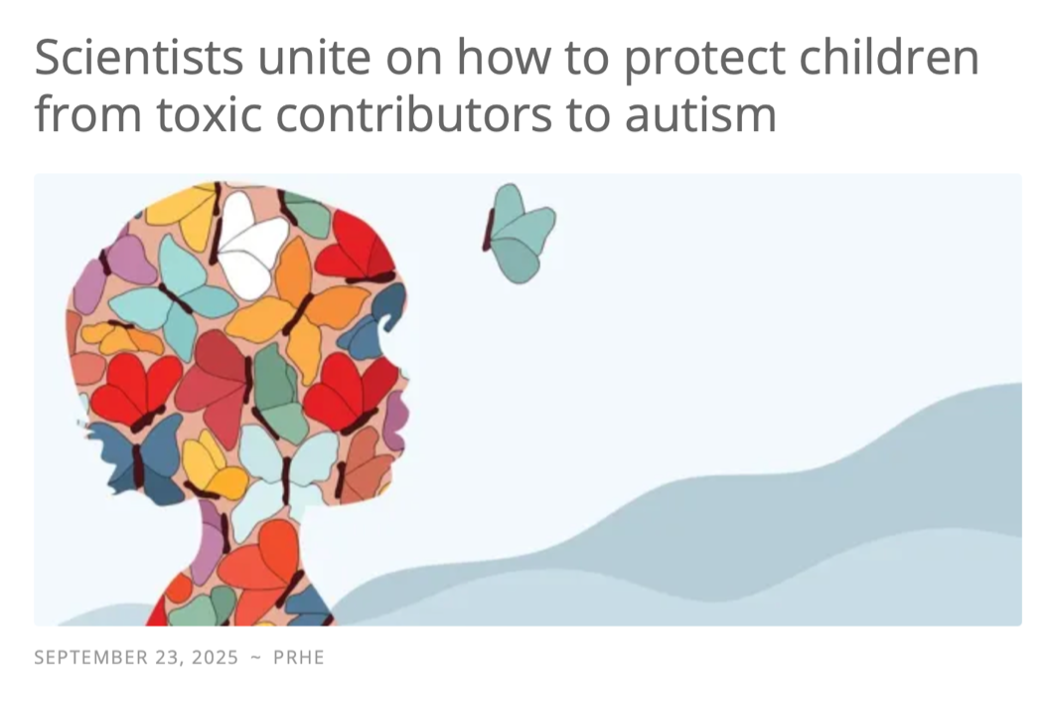My friend and colleague Glen Brown recently approached me with concerns about pesticide use on his property, or rather, on the parkway in front of his house. Like many Illinois towns, Naperville is facing a difficult dilemma as emerald ash borers work their way through DuPage County. The emerald ash borer (EAB) is a half-inch, bright green insect that is preying on ash trees (genus Fraxinus) in the Midwest United States. Emerald ash borers are an invasive species that first came from eastern Russia, northern China, Korea, and Japan in 2002, probably in wood shipping pallets. Once in a tree, they bore their way through the fleshy layer of living tissue, phloem, just under the outer surface of the bark. Gradually, they eat away so much of the vascular tissue that the tree’s circulatory system shuts down. Death follows swiftly, sometimes beginning with just a portion of the tree and eventually manifested in the rest. Once 50% of the canopy is lost, there is no saving the tree. Healthy trees can be treated with either injections or soil drenches of a variety of pesticides, though the efficacy of these treatments is notoriously inconsistent. In Glen’s case, the pesticide, used as a soil drench, was imidacloprid. He was concerned with the safety and effectiveness of this application and its potential to leach to shallow ground water. In addition to the soil drench, imidacloprid or another pesticide is often injected into the tree directly; bark or foliar sprays are sometimes used as well.
The main problem with treating trees in this way is that use of the pesticides is dangerous, both to human health and to the surrounding ecology. The University of Illinois Extension Fact Sheet NHE-163, available at http://www.extension.uiuc.edu/mg/EAB%20Insecticidal%20Management%20-%20NHE163.pdf is extremely helpful, as are the Fact Sheets on imidacloprid at http://www.pesticide.org/get-the-facts/pesticide-factsheets/factsheets/imidacloprid and http://www.beyondpesticides.org/gateway/?pesticideid=39, which is linked to yet more information. These fact sheets present the known dangers, but imidacloprid and many pesticides like it have not been sufficiently tested for safety; in the future, we may find additional health risks.
Feng et al found a dose-effect relationship between exposure to imidacloprid of cells in vitro and subsequent cell damage (2005). Imidacloprid is correlated with DNA damage; miscarriages and small offspring in laboratory animals; and neurological and thyroid problems (Cox 2001). The California EPA found that imidacloprid caused severe tremors and even death in mammals exposed to it. The California EPA also monitors for air contamination by carbaryl, another pesticide commonly used against EAB: any pesticide sprayed in the air poses a risk to human health because of the unpredictability of drift and because of the increased toxicity of pesticides absorbed through the lungs. Carbaryl has been shown to negatively affect mammalian reproduction and causes weakness, tremors, difficulties breathing, and other symptoms through cholinesterase inhibition. It is easily absorbed through the skin, by ingestion, or by breathing it in (United Nations 1992).
Glen has a daughter, twenty-four years old, living at home. This raised red flags for me because women of childbearing age have so much more call to be careful when it comes to chemical exposures. I wish someone had thought of this for me in my early 20s. At that time, I expected that care was needed during pregnancy, if I ever decided to have a child. I would never have thought that being exposed to a chemical a year before even conceiving a child would increase her risk of leukemia, the particular kind Katherine in fact got, by more than two-fold. These are risks that young women bear in their tissues for an indeterminate time, possibly forever, though sampling of breast milk has shown that some of these toxins are expelled when breastfeeding, again threatening the life of the child while providing a protective effect against breast cancer for the mother.
Imidacloprid and pesticides like it, in the class called neonicotinoids, or chloro-nicotinyls, are highly toxic to bees and other valuable pollinators, without which our current agricultural system would be severely damaged. Neonicotinoids have, in just the past 20 years, appropriated 25% of the global market for insecticides. Neonicotinoids work by mimicking acetylcholine, an essential neurotransmitter, resulting in both immediate death and sub-lethal effects in bees, and leading to bee colony collapse, where whole hives of bees simply disappear without explanation, dead hives without dead bodies. Neonicotinoids are routinely found in the hives of honeybees and persist in soil and water. A very recent review describes the unprecedented effect on pollinators, lays out the case against neonicotinoids as a key factor in bee colony collapse, and calls for efforts to protect pollinators given the huge effect they could have on agriculture: “Of all flowering plants on earth, 87.5% benefits from animal pollination. Globally, 87 of the leading food crops (accounting for 35% of the world food production volume) depend on animal pollination” (van der Sluijs et al. 2013). Europe has temporarily banned neonicotinoids while research continues. As close as we currently are to food production maximums, decreasing the productivity of agriculture by systematically killing bees is a terrible idea. Annalee Newitz in her fascinating new book Scatter, Adapt Remember, cites U.S. Department of Agriculture statistics: every year for the past five years, approximately 30% of all colonies have been lost. She puts this into the context of what many people think we are currently experiencing: the sixth major extinction event in the history of the world. Indeed, once keystone species like bees are lost, ecological collapse can follow relatively quickly. Not since the disappearance of the dinosaurs have we seen species extinction rates like this.
A secondary problem with treating ash trees is that the treatment is expensive and unlikely to be able to preserve the tree beyond a few years. Applications must be constant and consistent, and even with yearly insecticidal treatment, trees too close to known infected areas or too heavily assaulted by beetles are unlikely to survive. According to Midwest entomologists, “in some studies conducted over multiple years, EAB densities continued to increase in individual trees despite annual treatment” (Herms et al. 2009). This effect was seen with imidacloprid as well as other pesticides: “In a discouraging study conducted in Michigan, ash trees continued to decline from one year to the next despite being treated in both years with either imidacloprid or Bidrin trunk injections” (Herms et al. 2009). Once an area is infected and under regulation, it may be subject to removal of all trees regardless of treatment. In that case, the health and environmental risks have been undertaken with absolutely no benefit and significant cost.
The solution to this problem, one adopted by my own city, Warrenville, is to replace parkway ashes as they die with more varied species. Generally speaking, diversity makes an ecosystem strong. When replanting, consult the city’s arboricultural manual if there is one. Otherwise, consider planting trees native to the area, appropriate to the particular site, and poised to do well in a hotter climate. An excellent resource on this can be found at The Chicago Botanic Garden website: http://www.chicagobotanic.org/plantinfo/tree_alternatives. Shortlisted for best ash tree replacements are Accolade elm, State Street miyabe maple, Exclamation! London maple, Autumn Gold ginkgo, Fall Fiesta sugar maple, and Shawnee Brave bald cypress. My friend Glen has asked Naperville not to use pesticides and instead to remove the ash trees when they die, at which time he will choose different species to replant, and they have considerately agreed.
Trees we have lived by can seem like old friends, familiar faces, gracious neighbors; they clean the air, shade our streets, and shelter our children who climb in their branches. Those who lose trees may feel sadness, amounting even to grief. It is truly unfortunate that invasive species are a fact of our brave new world. But given that fact, the best way to deal with it is not to imperil the lives of our loved ones and myriad surrounding organisms. It’s just not worth the risk. So often, we create worse problems with bad solutions to a previous challenge. The best defense is to bolster the local ecologies we live in, strengthening their resilience for the environmental onslaughts to come: invasive species, urban pollution, and climate change.
References
Cox C. 2001. Insecticide factsheet: Imidacloprid. J Pesticide Reform 21.1: 15-21.
Feng S. et al. 2005 June. Assessing the genotoxicity of imidacloprid and RH-5849 in human peripheral blood lymphocytes in vitro with comet assay and cytogenetic tests. Ecotoxicol Environ Saf 61(2): 239-46.
Herms DA, McCullough DG, Smitley DR, Sadof C, Williamson RC, Nixon PL. 2009. Insecticide options for protecting ash trees from emerald ash borer. US Department of Agriculture Animal and Plant Health Inspection Service and Ohio Extension Service. Available at http://www.emeraldashborer.info/files/Multistate_EAB_Insecticide_Fact_Sheet.pdf
Koshlukova SE et al. 2006 February 9. Imidacloprid: Risk characterization document: dietary and drinking water exposure. California EPA. http://www.cdpr.ca.gov/docs/risk/rcd/imidacloprid.pdf Accessed 21 January 2008.
Newitz A. 2013. Scatter, Adapt, and Remember: How Humans Will Survive a Mass Extinction. New York: Doubleday.
United Nations Environment Programme. 1992. Carbaryl: Health and safety guide. IPSC: International Programme on Chemical Safety. Health and Safety Guide 78. http://www.inchem.org/documents/hsg/hsg/hsg78_e.htm. Accessed 21 January 2008.
Van der Sluijs JP, Simon-Delso N, Goulson D, Maxim L, Bonmatin J-M, Belzunces LP. 2013. Current Opinion in Environmental Sustainability 5:1-13.













